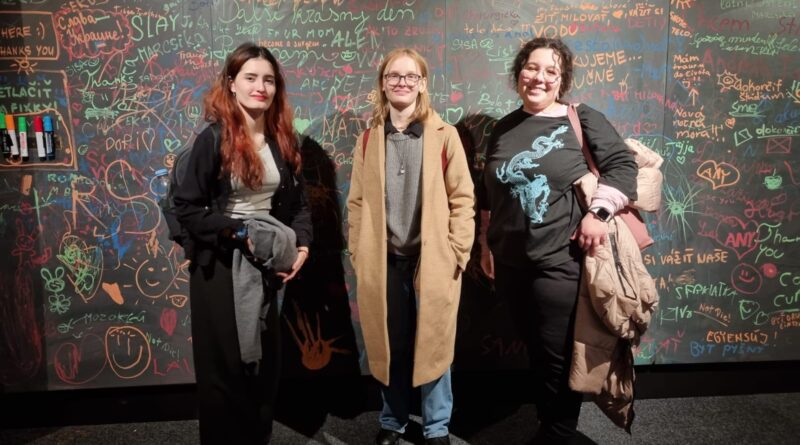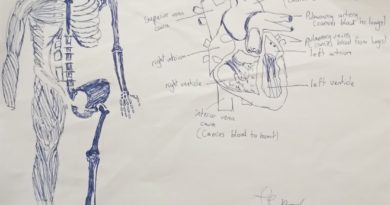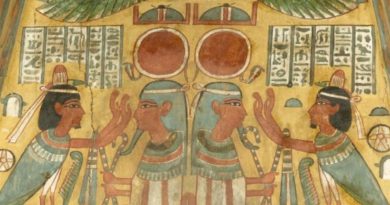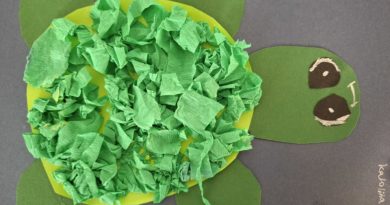… I wanted to see creation, life and death…
Not long ago, my students from Anatomy class and I visited the BODY WORLDS exhibition in Nivy, Bratislava. Let’s ask our students about how it was.
S.D. – What did you expect from this exhibition?
Natalia – Entering the exhibition I had a few expectations, my interest peaked and I was looking forward to seeing what we have learned demonstrated in a 3D model. This would have been the opportunity to create a full system visual interpretation and I was hoping to understand mainly the ratio behind every organ, to see if really skin is the largest organ and how much greater it is compared to other organs. I wanted to observe every texture of each cell and really see what makes the human body. I was interested in not only understanding the whole composition but I also wanted to see how every organ after the effect of life looked and I wanted to see if I could conquer which organ it was and what had happened. If really organs are built to fit into each other or rather how they fit.
I expected to see a long room filled with different kinds of representations. More bodies in different states. Bones, muscles, nerves, blood a half dissected person to see the outside and see what it would cover inside. I wanted to understand the functional and mechanical parts of the human body and I hoped seeing the model would have created a virtual visualization of this that would forever be engraved in my brain. I was also hoping to see the process of deterioration and have a detailed report about the person’s life and when their body was embalmed, I wanted to see creation, life and death. I thought this exposition would explain all there is about life and around life through the experience of the human vessel.
S.D. – What made the greatest impression on you?
Laura – The greatest impression was probably made by the thickness of the nerves. I really expected it to be very small and thin branches scattered all over the place, but that wasn’t the case at all. Another really interesting thing we got to see was the blood and how it flows in the arm/leg and how the red blood cells formed around the spine.
Natalia – The brain is so small and dry probably because it was dehydrated before embalming it would have been interesting to see the embalming process to understand how the tissue may have been affected. But the lighting and the composition was very interesting as well as the visibility of the creation of a fetus and the representation of its developmental phases. Including the position of the installations, having them in movement which could demonstrate the stretching of the muscles was interesting.
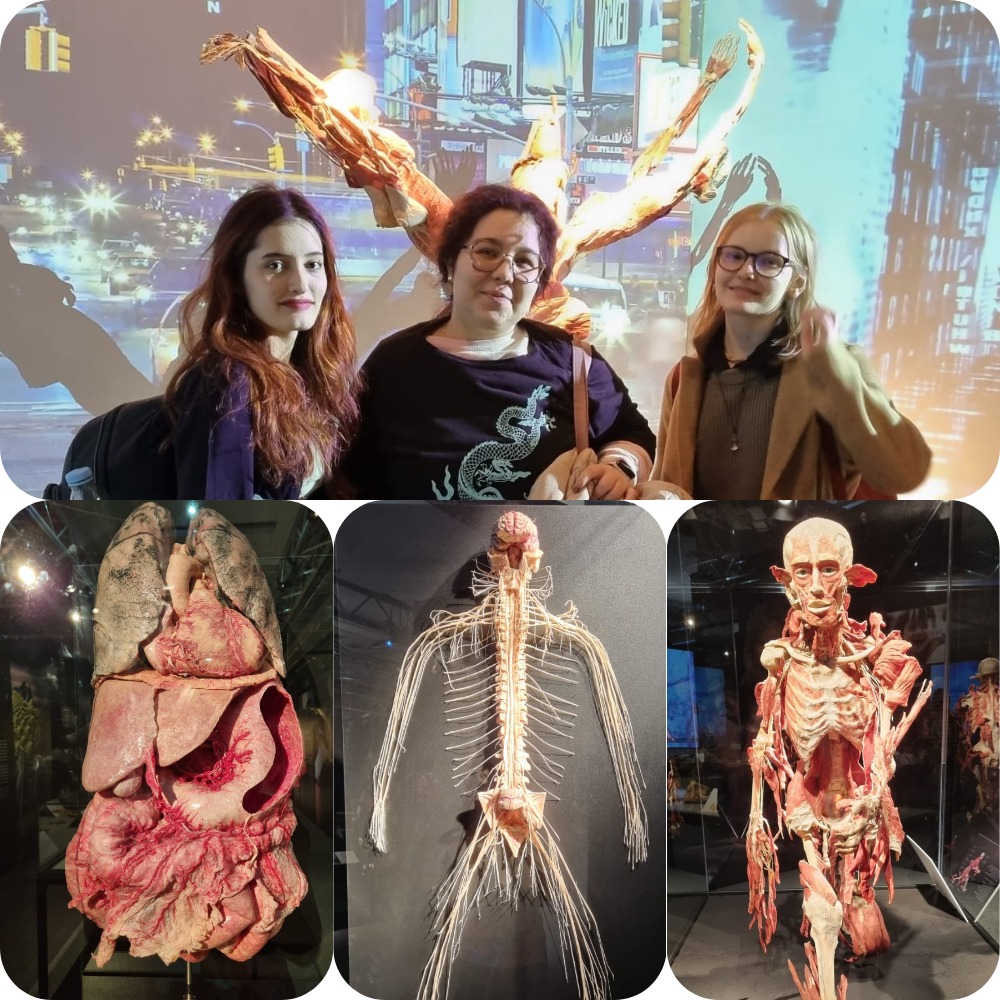
S. D. – Were your expectations met?
Laura – But what disappointed me was that I expected much more realism. The other thing is that I thought it would show all the organs and systems and actually there was just a little bit of that and most of the focus was on the muscles. However, other than that I really enjoyed the exhibition.
Natalia – Entering the exposition it was interesting but I felt a little sense of disappointment or rather it was not what I expected. I had higher standards for what I wished to see and it wasn’t exactly met. I think it wasn’t so interesting or rather didn’t have the effect I wish it had on me. Most of the exposition looked like sculptures made and built. I hoped there would be more detail to the human body. It looked disproportionate to my expectations.
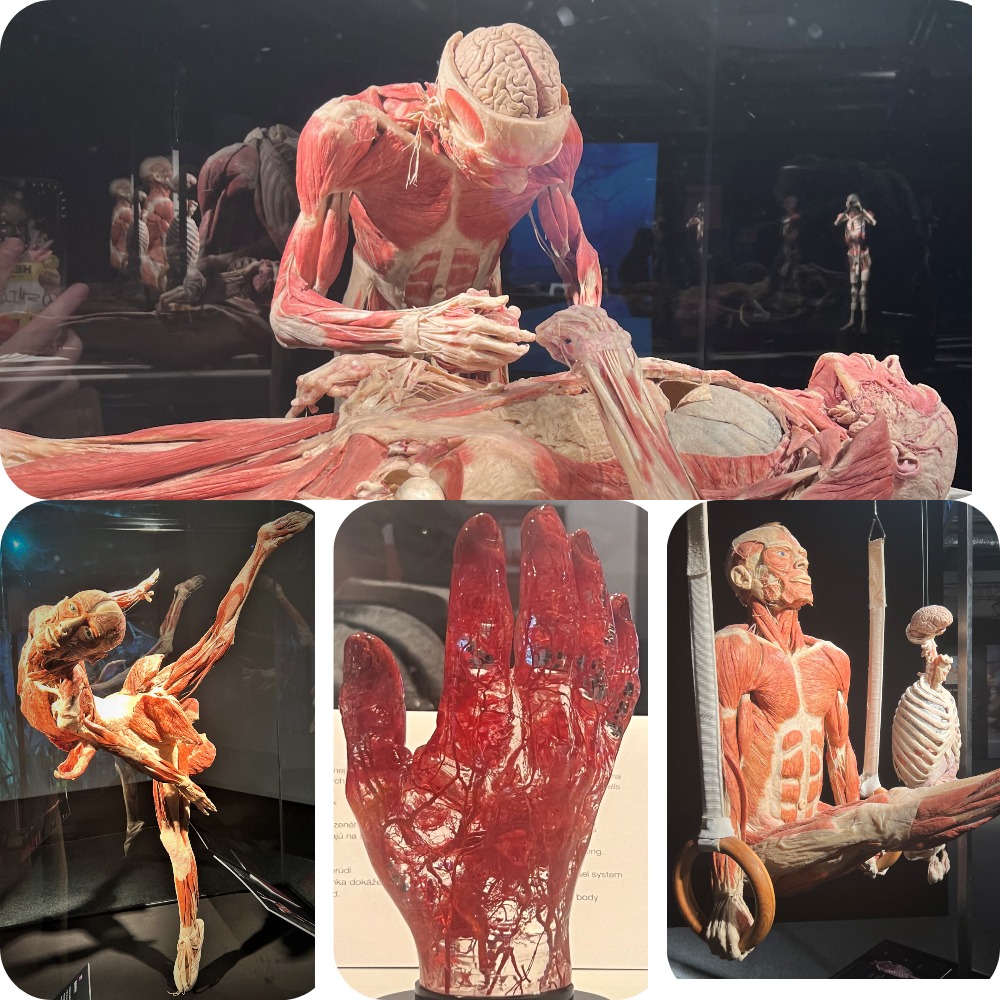
S.D. – Can you use materials from this exhibition in your biology education?
Laura – I feel like this exhibition was a great learning tool. I think that this sort of visual and real life representation really betters up the understanding and knowledge gained from paper and typical studying. We directly got to see some of the knowledge we learned applied in the field. Especially in relation to anatomy being able to observe all the muscles and how they work together was pretty interesting.
Lilly – When going through the exhibition you could see how things worked than from reading from a textbook, for example you could see what happens to muscles when contracting or extracting, or seeing the consequences to your lungs when smoking, or even seeing how breast implants or hip replacement looks inside your body. Because of this, you can get a clearer visual of what’s happening in your body than trying to imagine when reading the material.
S.D. – Can the material in this exhibition influence a person’s way of life?
Natalia – A big part of the exhibition was about demonstrating a few sicknesses and effects of smoking on the human body and some of its organs, leukemia materializes, scoliosis model, etc. I think for many people this may have been a motivator to quit certain bad habits.
Laura – It is a widely known fact that certain lifestyle choices or habits are incredibly harmful to our health. For example, the exhibition focused quite some amount on smoking. Typically, the main thing we hear about cigarettes is that they contain nicotine. However, in the exhibition the informational boards covered how it is actually not the most harmful element in the cigarette, but rather only the one which creates the hard to drop addiction. The thing about the exhibition is that not only can you read or hear the harmful effects, but you get to see them as well. I feel like this kind of visual is a much bigger stimulation and can have a much bigger impact in the realization that this is what actually happens inside your body. Not only did the exhibition cover smoking and other bad habits but also diseases, mainly cancer. Seeing the cancer or disease affected body as something so real can also inspire people to switch to healthier habits. However, when talking about diseases or conditions I believe it can also help comfort someone suffering from the disease making it seem more “fightable”.
Lilly – It definitely teaches you to cherish your body and to take care of it. Some parts in the exhibition talked about life in general, death, memories and maintaining body health.
You can learn how to turn a real flesh and blood body into a rubber sculpture (the process is called Plastination) here.

The Wall “Before I Die I want to…”
At every moment of our life, spontaneously or consciously, we make our choice.
I end this article with Lilly’s words “We shouldn’t live in regrets and start changing things you may not like before it’s too late and you start to regret.”

